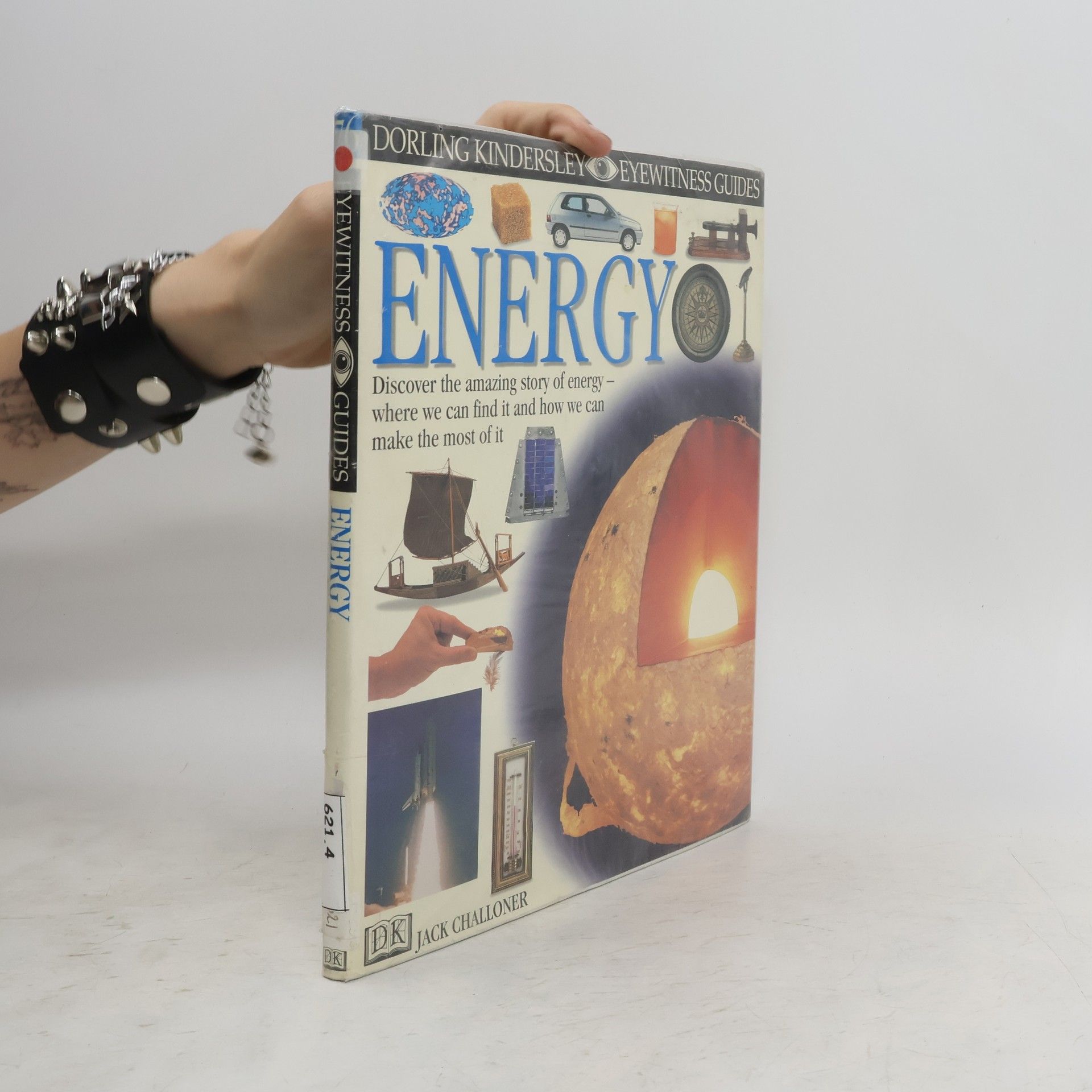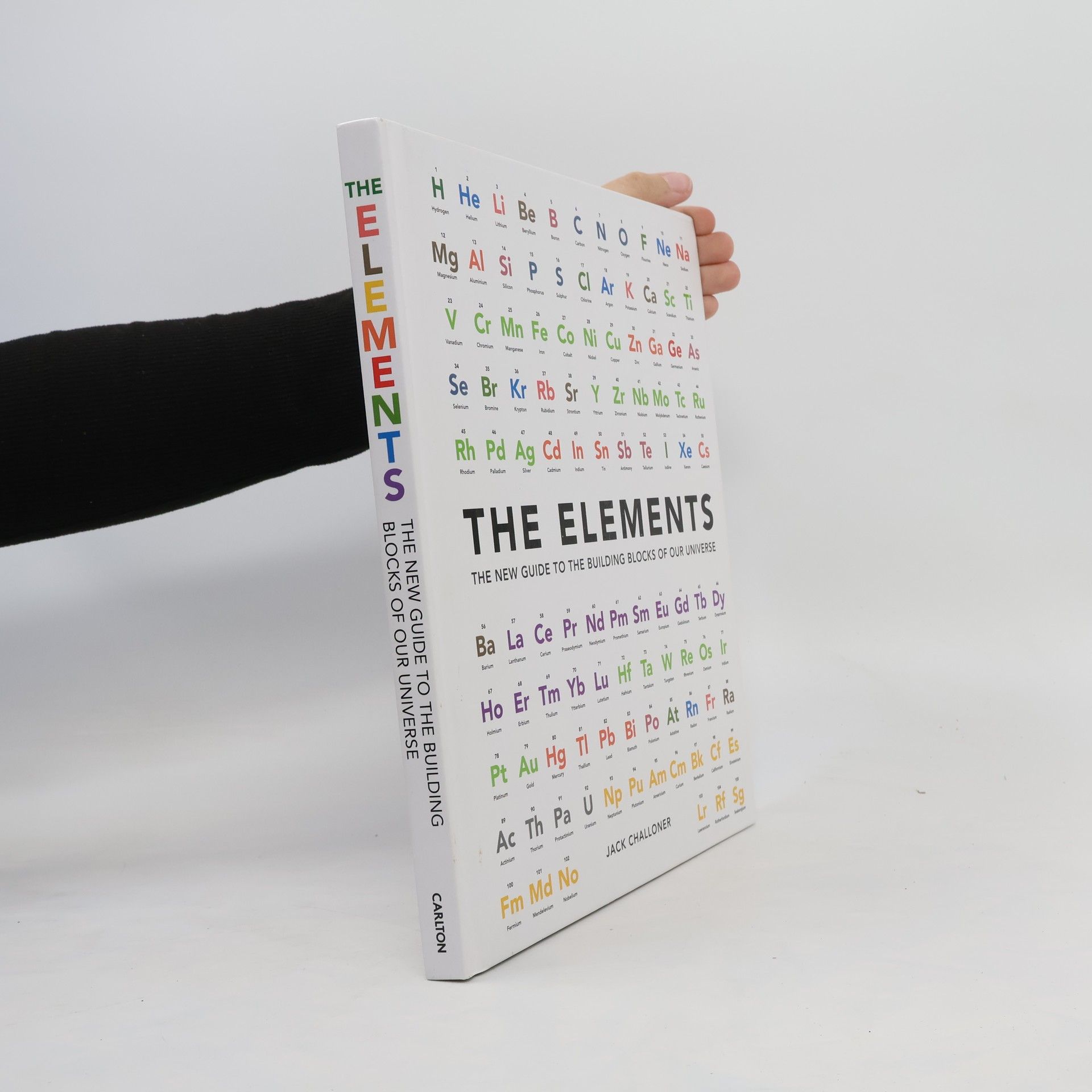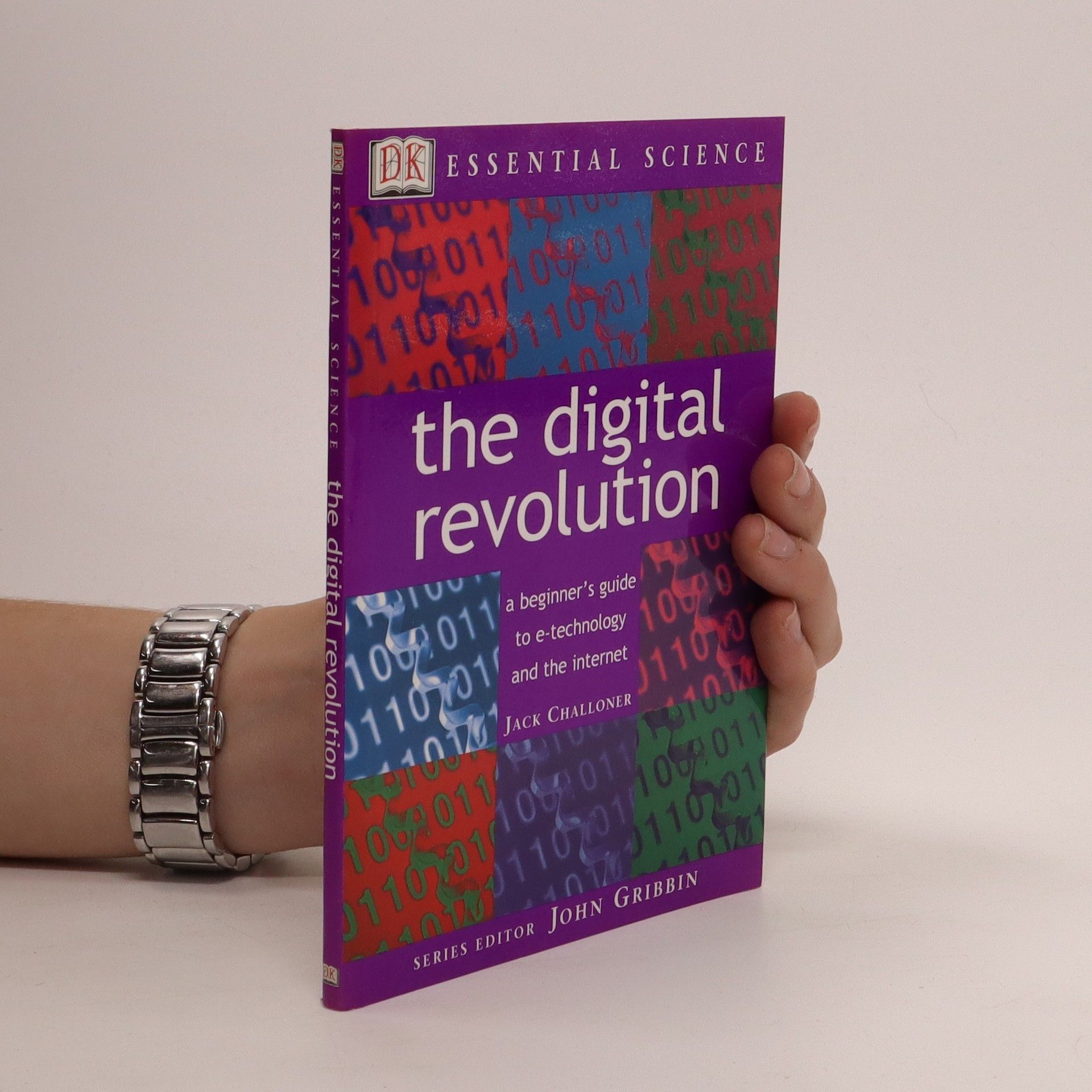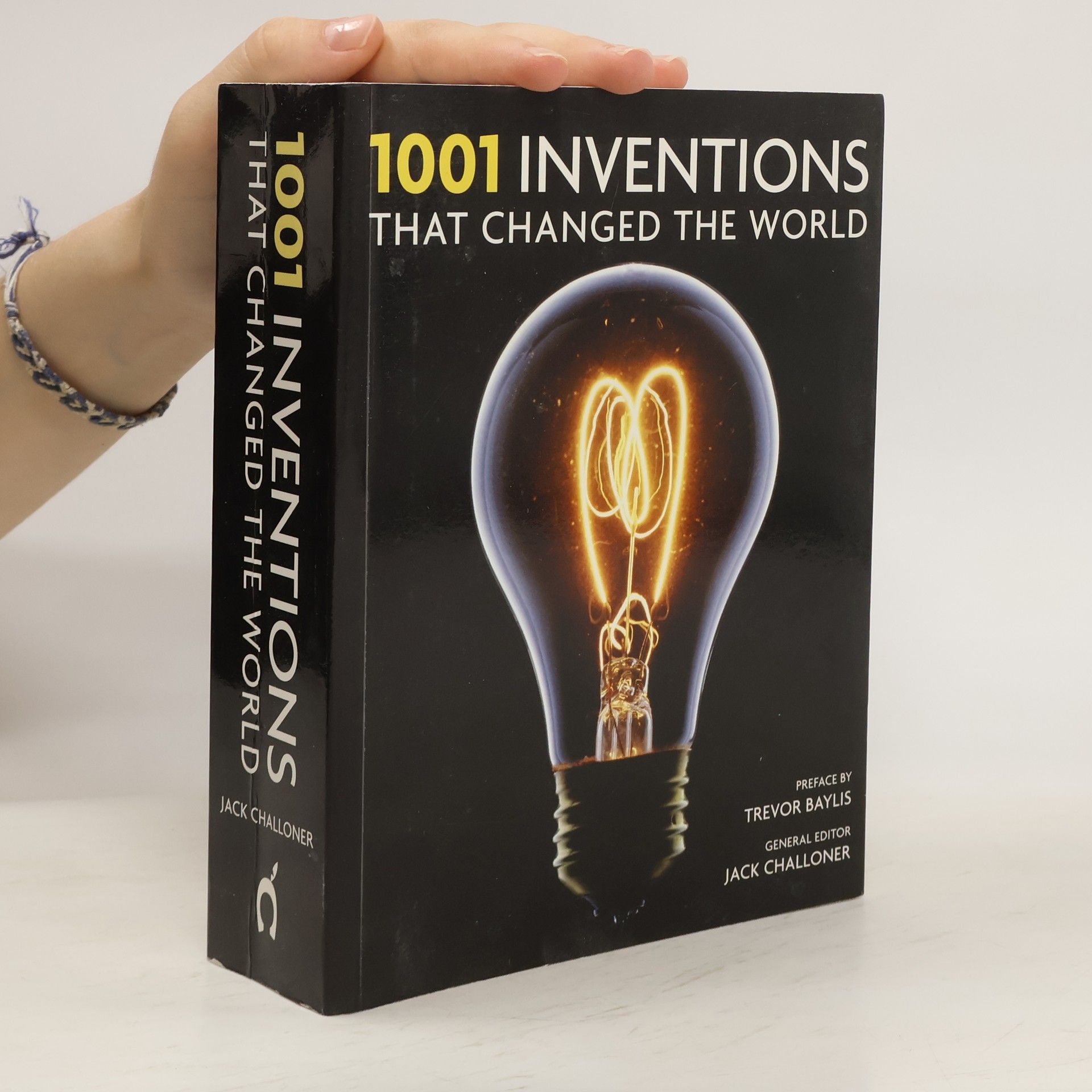#dkinfografik. Biologie einfach erklärt
Genetik, Evolution, Ökologie. Leicht verständliche und visuell aufbereitete Einführung in die Biologie







Genetik, Evolution, Ökologie. Leicht verständliche und visuell aufbereitete Einführung in die Biologie
Happy Meal Sonderausgabe
Dieses einzigartige Lexikon erklärt komplexe Abläufe und Prozesse unserer Welt, von biologischen bis geologischen. Mit detaillierten Grafiken und Querschnitten erfahren neugierige Kinder ab 10 Jahren, wie Dinge funktionieren, von Wasserversorgung bis zu Krankenhausabläufen. Ein spannendes Nachschlagewerk für die ganze Familie!
"We live among patterns of delicate beauty and exquisite chaos that our eyes can't detect; we are surrounded by invisible particles and shifting fields of matter that permeate all of space. Our very cells are intricate molecular machines, and the story of our origins stretches back through an unimaginable amount of time. How can we see the richness of what lies beyond our sensory perception? Scientists have developed visualization tools that can make the invisible visible. This bountifully illustrated book demonstrates the power of images to represent the unseeable, offering stunning visualizations of science that range from the microscopic to the incredibly vast. With more than 200 color images and an engaging text by leading science writer Jack Challoner, Seeing Science explains and illustrates the techniques by which scientists create visualizations of their discoveries. We see the first detection of a black hole as represented by an image from an Xray telescope, get a direct view of DNA through an electron microscope, and much more. Visualizations are also used to make sense of an avalanche of data--concisely presenting information from the 20,000 or so human genes, for example. Scientists represent complex theories in computer models, which take on a curious beauty of their own. And scientists and artists collaborate to create art from science visualizations, with intriguing results"--Provided by publisher
The story of the most abundant substance on Earth, from its origins in the birth of stars billions of years ago to its importance in the living world.Water is so ubiquitous in our lives that it is easy to take for granted. The average American uses ninety gallons of water a day; nearly every liquid we encounter is mostly water--milk, for example, is 87 percent water. Clouds and ice--water in other forms--affect our climate. Water is the most abundant substance on Earth, and the third-most abundant molecule in the universe. In this lavishly illustrated volume, science writer Jack Challoner tells the story of water, from its origins in the birth of stars to its importance in the living world.Water is perhaps the most studied compound in the universe--although mysteries about it remain--and Challoner describes how thinkers from ancient times have approached the subject. He offers a detailed and fascinating look at the structure and behavior of water molecules, explores the physics of water--explaining, among other things, why ice is slippery--and examines the chemistry of water. He investigates photosynthesis and water's role in evolutionary history, and discusses water and weather, reviewing topics that range from snowflake science to climate change. Finally, he considers the possibility of water beyond our own hydrosphere--on other planets, on the Moon, in interstellar space.
A guide to the periodic table, listing all the elements' vital stats, and exploring their astonishing histories and usages in an accessible and easy-to- understand way.
Nowy przewodnik po cegiełkach budujących wszechświat Co łączy Tadż Mahal i nasz kręgosłup? Wieżę Eiffla i krew? Sól w posiłkach i uliczne lampy, których światło prowadzi nas do domu? Odpowiedź: wapń, żelazo i sód każde z nich jest pierwiastkiem. Pierwiastki powstałe podczas Wielkiego Wybuchu (ang. Big Bang) i w supernowych oraz tworzone przez nie związki chemiczne ukształtowały Układ Słoneczny, a więc i Ziemię planetę, na której żyjemy, powietrze, którym oddychamy, wodę, która stanowi podstawę naszej egzystencji, i białka, dzięki którym powstało życie. Ta książka dostarcza niezbędnych informacji na temat każdego ze 118 znanych obecnie pierwiastków. Niektóre z nich, jak węgiel, tlen czy glin (w technice nazywany aluminium), są powszechnie znane; inne, jak gadolin czy tellur znacznie mniej. Oprócz podstawowych wiadomości na temat poszczególnych pierwiastków, ich wykorzystania i tworzonych przez nie związków chemicznych, znajdziemy tu także fascynujące historie dotyczące ich odkrycia. Poznamy genezę układu okresowego zwanego tablicą Mendelejewa oraz wyjaśnienie struktury atomów cegiełek tworzących wszystko, co nas otacza. PIERWIASTKI CHEMICZNE to niezrównany przewodnik po świecie nauki. Rzetelne źródło wiedzy, łatwej do przyswojenia i ubarwionej ciekawostkami.
Basteln, Löten, Tüfteln: Faszinierende Technik zum Selberbauen! In 18 sensationellen Elektronik-Projekten entstehen coole Lautsprecher für das Smartphone, ein Hand-Ventilator oder eine witzige Türklingel. Mit anschaulichen Schritt-für-Schritt Anleitungen für einfache und kostengünstige Bauteile werden Kinder ab 10 Jahren zu cleveren Erfindern und das Kinderzimmer zur Tüftler-Werkstatt. Dazu gibt es spannendes elektrotechnisches Grundwissen über Werkzeuge, Bauteile, Löten oder Schaltkreise
Was die Forschung von Pflanzen und Tieren im Kampf gegen Krankheiten lernt
Heilmitteln aus der Natur auf der Spur Die Apotheke der Natur ist unerschöpflich, was Heilkräfte angeht: Pflanzen, Tiere und Mikroorganismen schützen vor Krankheitserregern und Fressfeinden. Das macht sich der Mensch in Schmerz- und Krebstherapien oder bei der Linderung zahlreicher Beschwerden zunutze. Dieses ausgezeichnet recherchierte Buch zeigt in rund 130 Porträts von Pflanzen und Lebewesen, welche Heilmittel vor dem Durchbruch stehen oder bereits Eingang in der Medizin gefunden haben. Zudem zeigt es anhand praktischer Ratschläge wie Sie davon profitieren können.
What links the Taj Mahal and our skeleton? Calcium. The Eiffel Tower and our blood? Iron. The salt on our chips and the street lamps that guide us home? Sodium. The elements make up everything, and this book is the perfect guide to every one of them.
Ohromující fotografie a 3D ilustrace doprovázené přehledným informativním textem umožňují seznámení s jednotlivými vědními obory naprosto jedinečným způsobem. Jaká je struktura krystalu? Jak probíhá proces, při němž se utvářejí horniny? Jaký je princip působení energie, která pohání vesmír? Jaké síly uvádějí do pohybu motor a jaké zákonitosti umožnují člověku létat, plavit se a objevovat hlubiny? Jaké vrstvy a tajemství ukrývá deštný prales? – S další knihou ze zavedené edice poznáte vědní obory tak, jak jste se s nimi nikdy předtím nesetkali.